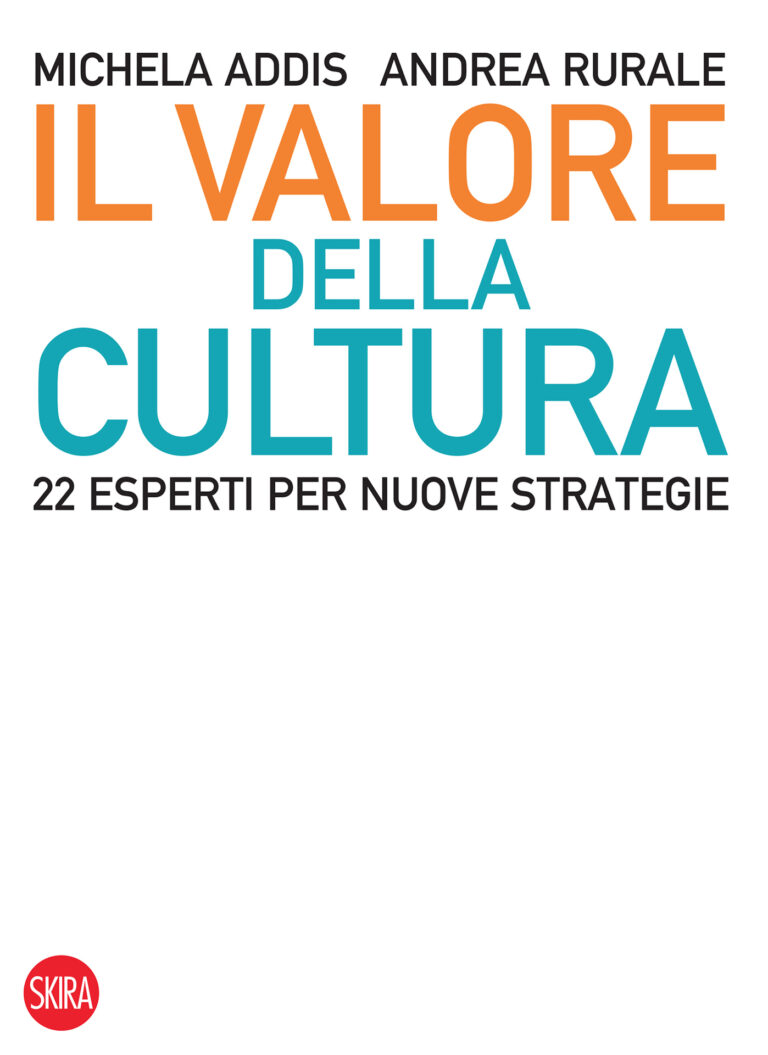Scritto nella pietra
Autore: Stefano Salis (curatore)
Editore: Franco Maria Ricci Editore
Lingue di traduzione: Italiano - inglese, francese - inglese
Traduttori: Jeremy Carden e Laura Bennett per Il Nuovo Traduttore Letterario
Un volume che raccoglie una selezione di pietre, raccontando la loro fascinazione nell’arte e nella scrittura.
L’opera ci racconta come i minerali siano molto simili ad opere d’arte e chi è lo scrittore francese Roger Caillois.
MINERAL MYSTICISM
BY STEFANO SALIS
- An immortal signature
To find a way into the subject matter of Roger Caillois (1913–1978), and to better understand his diagonals, scientific and otherwise, within the mysteries of the cosmos and the ample space opened up by fruitful analogies, we must always think in terms of following a path in reverse. It is necessary, that is, to work backwards through his life experience, which is intellectual experience (though he strongly denied wanting to be one), in order to fully capture the ultimate meaning of actions, writings and feelings.
In Caillois’s case, approximations are not enough, however fascinating. On the contrary, every single movement must be meticulously interpreted, perhaps proceeding in a spiral motion or as if in a labyrinth. These two forms “of knowledge” were very dear to him as a person who was highly erratic (and yet linear at the same time, which becomes clear when you consider the path he took and view it as a single whole). One must get to know almost his every word, so as to grasp the unambiguity in the transformations, the unitariness in the digressions, the profound coherence, and therefore all the “hidden recurrences” in what experience seems instead to disperse or link to ephemeral moments. Clearly, it is necessary to acquire the fixity of the rock, which has a much longer existence than the events of the hourglass of life, the works and days that the dust of a mortal existence can grant.
The flux of time, the position in the cosmos, the experience of a human life inscribed in a broader framework: all things which, as Caillois himself suggests, can be grasped through metaphors, recurrences, acts, transformations. Analogies. And there is no saying – this should be made clear from the start – that things must head towards a pre-established, canonical, ordinary direction. If there is one lesson that this highly erudite and singular writer (I use the term with great care: one really could give many definitions of his being, all valid, not the last being that he was the “man who loved rocks”, to quote Marguerite Yourcenar, who succeeded him as a member of the Académie Française) has taught us it is that the appearance of progressive paths is just that – an appearance.







